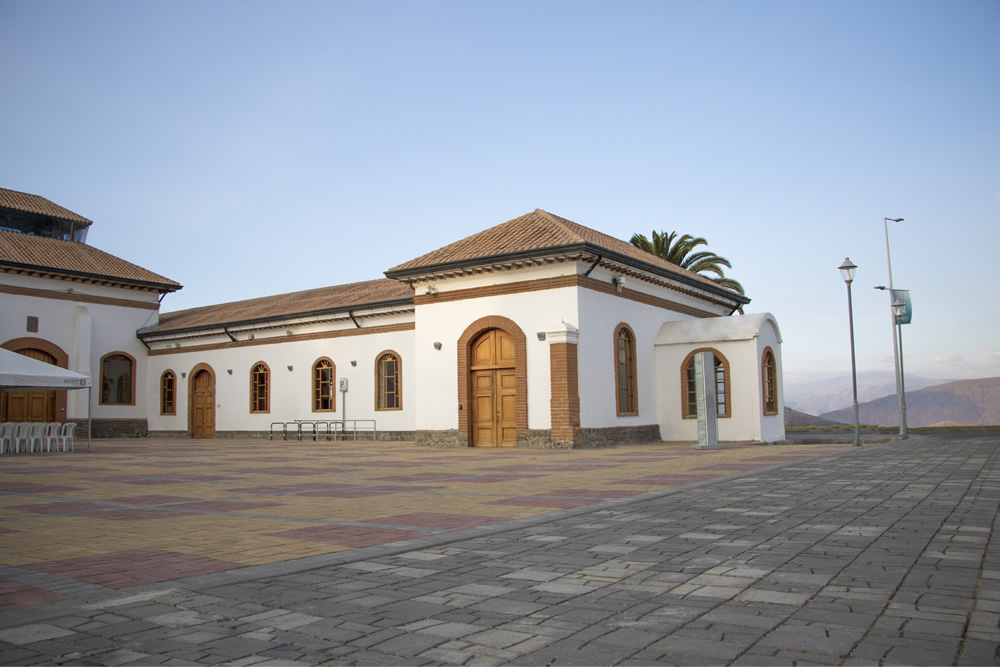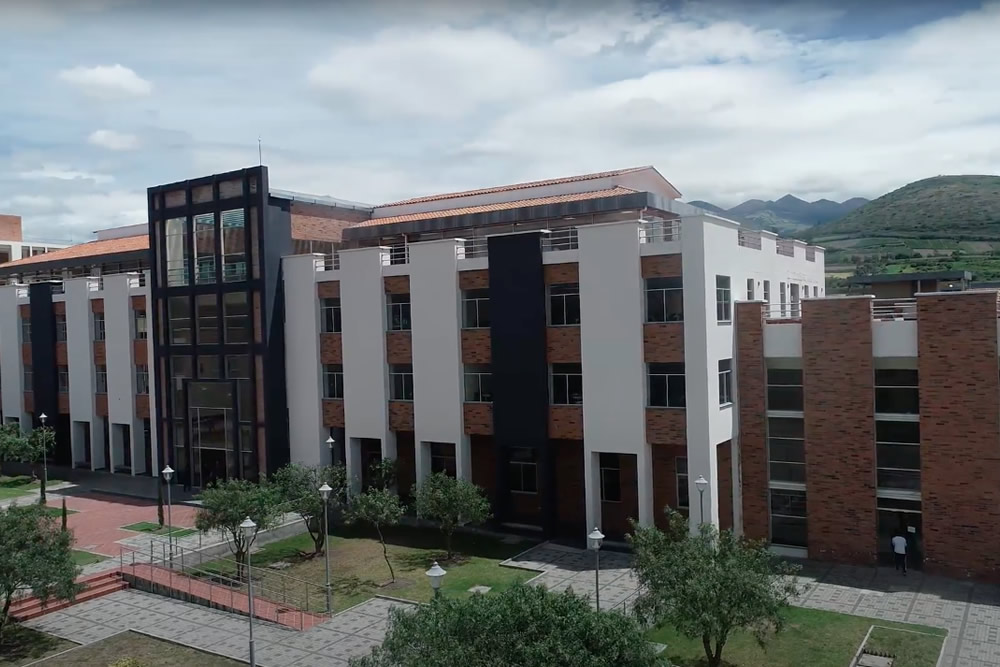How to be a quantitative ecologist : the 'A to R' of green mathematics and statistics / Jason Matthiopoulos.
Tipo de material: TextoIdioma: Inglés Fecha de copyright: Chichester, West Sussex, U.K. : Wiley , 2011Edición: First EditionDescripción: xix, 467 pages : illustration ; 25 cmISBN:
TextoIdioma: Inglés Fecha de copyright: Chichester, West Sussex, U.K. : Wiley , 2011Edición: First EditionDescripción: xix, 467 pages : illustration ; 25 cmISBN: - 9780470699799
- 0470699795
- 577.02855133 23
- QH323.5 .M387 2011
| Tipo de ítem | Biblioteca actual | Signatura | Copia número | Estado | Fecha de vencimiento | Código de barras | Reserva de ítems | |
|---|---|---|---|---|---|---|---|---|
 Colección general
Colección general
|
Biblioteca Yachay Tech | 577.02855133 M443h 2011 (Navegar estantería(Abre debajo)) | Ej. 1 | Disponible | 005575 | |||
 Colección general
Colección general
|
Biblioteca Yachay Tech | 577.02855133 M443h 2011 (Navegar estantería(Abre debajo)) | Ej. 2 | Disponible | 005576 | |||
 Colección general
Colección general
|
Biblioteca Jardín Botánico | 577.02855133 M443h 2011 (Navegar estantería(Abre debajo)) | Ej. 3 | Disponible | 005577 |
includes index.
Includes bibliographical references.
Machine generated contents note: 0. How to start a meaningful relationship with your computer Introduction to R -- 0.1 What is R? -- 0.2 Why use R for this book? -- 0.3 Computing with a scientific package like R -- 0.4 Installing and interacting with R -- 0.5 Style conventions -- 0.6 Valuable R accessories -- 0.7 Getting help -- 0.8 Basic R usage -- 0.9 Importing data from a spreadsheet -- 0.10 Storing data in data frames -- 0.11 Exporting data from R -- 0.12 Further reading -- 0.13 References -- 1. How to make mathematical statements Numbers, equations and functions 1.1 Quantitative and qualitative scales? Habitat classifications -- 1.2 Numbers? Observations of spatial abundance -- 1.3 Symbols? Population size and carrying capacity -- 1.4 Logical operations -- 1.5 Algebraic operations? Size matters in garter snakes -- 1.6 Manipulating numbers -- 1.7 Manipulating units -- 1.8 Manipulating expressions? Energy acquisition in voles -- 1.9 Polynomials? The law of mass action in epidemiology -- 1.10 Equations -- 1.11 First order polynomial equations? Linking population size to population composition -- 1.12 Proportionality and scaling? Simple mark-recapture? Converting density to population size -- 1.13 Second and higher-order polynomial equations? Estimating the number of infected animals from the rate of infection -- 1.14 Systems of polynomial equations? Deriving population structure from data on population size -- 1.15 Inequalities? Minimum energetic requirements in voles -- 1.16 Coordinate systems? Non-cartesian map projections -- 1.17 Complex numbers -- 1.18 Relations and functions? Food webs? Mating systems in animals -- 1.19 The graph of a function? Two aspects of vole energetics -- 1.20 First order polynomial functions? Population stability in a time series? Population stability and population change? Visualising goodness-of-fit -- 1.21 Higher-order polynomial functions -- 1.22 The relationship between equations and functions? Extent of an epidemic when the transmission rate exceeds a critical value -- 1.23 Other useful functions? Modelling saturation -- 1.24 Inverse functions -- 1.25 Functions of more than one variables -- 1.26 Further reading -- 1.27 References -- 2. How to describe regular shapes and patterns Geometry and trigonometry -- 2.1 Primitive elements -- 2.2 Axioms of Euclidean geometry? Suicidal lemmings, parsimony, evidence and proof -- 2.3 Propositions? Radio-tracking of terrestrial animals -- 2.4 Distance between two points? Spatial autocorrelation in ecological variables -- 2.5 Areas and volumes? Hexagonal territories -- 2.6 Measuring angles? The bearing of a moving animal -- 2.7 The trigonometric circle? The position of a seed following dispersal -- 2.8 Trigonometric functions -- 2.9 Polar coordinates? Random walks -- 2.10 Graphs of trigonometric functions -- 2.11 Trigonometric identities? A two-step random walk -- 2.12 Inverses of trigonometric functions? Displacement during a random walk -- 2.13 Trigonometric equations? VHF tracking for terrestrial animals -- 2.14 Modifying the basic trigonometric graphs? Nocturnal flowering in dry climates -- 2.15 Superimposing trigonometric functions? More realistic model of nocturnal flowering in dry climates -- 2.16 Spectral analysis? Dominant frequencies in Norwegian lemming populations? Spectral analysis of oceanographic covariates -- 2.17 Fractal geometry? Availability of coastal habitat ? Fractal dimension of the Koch curve -- 2.18 Further reading -- 2.19 References -- 3. How to change things, one step at a time Sequences, difference equations and logarithms -- 3.1 Sequences? Reproductive output in social wasps? Unrestricted population growth -- 3.2 Difference equations? More realistic models of population growth -- 3.3 Higher-order difference equations? Delay-difference equations in a biennial herb -- 3.4 Initial conditions and parameters -- 3.5 Solutions of a difference equation -- 3.6 Equilibrium solutions? Unrestricted population growth with harvesting? Visualising the equilibria -- 3.7 Stable and unstable equilibria? Parameter sensitivity and ineffective fishing quotas? Stable and unstable equilibria in a density-dependent population -- 3.8 Investigating stability? Cobweb plot for unconstrained, harvested population? Conditions for stability under unrestricted growth -- 3.9 Chaos? Deterministic chaos in a model with density-dependence -- 3.10 Exponential function? Modelling bacterial loads in continuous time? A negative blue tit? Using exponential functions to constrain models -- 3.11 Logarithmic function? Log-transforming population time series -- 3.12 Logarithmic equations -- 3.13 Further reading -- 3.14 References -- 4. How to change things, continuously Derivatives and their applications -- 4.1 Average rate of change? Seasonal tree growth -- 4.2 Instantaneous rate of change -- 4.3 Limits ? Pheromone concentration around termite mounds -- 4.4 The derivative of a function? Plotting change in tree biomass? Linear tree growth -- 4.5 Differentiating polynomials? Spatial gradients -- 4.6 Differentiating other functions? Consumption rates of specialist predators -- 4.7 The chain rule? Diurnal rate of change in the attendance of insect pollinators -- 4.8 Higher-order derivatives? Spatial gradients and foraging in beaked whales -- 4.9 Derivatives for functions of many variables? The slope of the sea floor -- 4.10 Optimisation? Maximum rate of disease transmission? The marginal value theorem -- 4.11 Local stability for difference equations? Unconstrained population growth? Density dependence and proportional harvesting -- 4.12 Series expansions -- 4.13 Further reading -- 4.14 References -- 5. How to work with accumulated change Integrals and their applications -- 5.1 Antiderivatives? Invasion fronts? Diving in seals -- 5.2 Indefinite integrals? Allometry -- 5.3 Three analytical methods of integration? Stopping invasion fronts -- 5.4 Summation? Metapopulations -- 5.5 Area under a curve? Swimming speed in seals -- 5.6 Definite integrals? Swimming speed in seals.
"The book will comprise two equal parts on mathematics and statistics with emphasis on quantitative skills".
No hay comentarios en este titulo.




